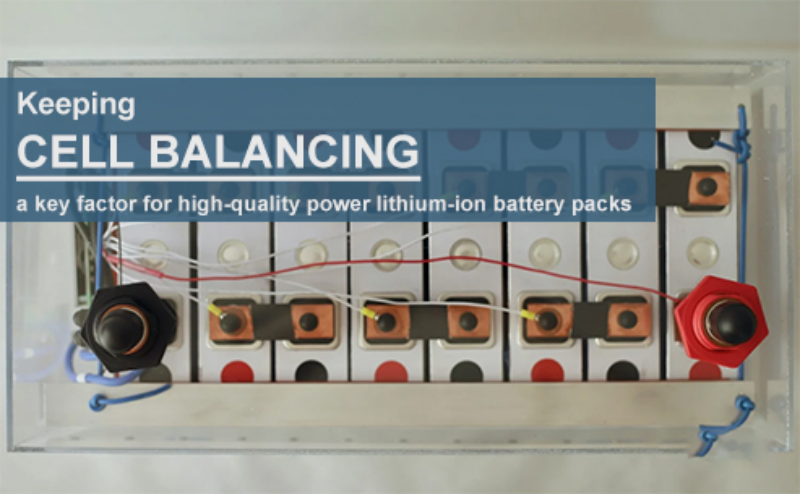
Main content:
- Inconsistency analysis
- Methods to improve cell balancing
- Control of production process
- Control of the matching process
- Control of use and maintenance process
- Lithium-ion battery assembly method
- Voltage assembly method
- Static capacity allocation method
- Internal resistance assembly method
- Multi-parameter assembly method
- Dynamic characteristics assembly method
- Conclusion
When the power supply is used, due to the requirements of high power and large capacity, the single lithium-ion battery cannot meet the requirements, so it is necessary to use the lithium-ion battery in series and parallel combination. However, the inconsistency between single cells often causes the lithium ion battery pack to experience problems such as rapid capacity decay and short life during cycling. It is of great significance to the promotion and application of lithium-ion batteries in power batteries to select batteries with the same performance as possible for grouping, and maintaining cell balancing is a key factor in preparing high-quality power lithium battery packs.
1.Inconsistency analysis
① Definition of inconsistency
The inconsistency of lithium-ion battery packs refers to certain differences in parameters such as voltage, capacity, internal resistance, life, temperature influence, and self-discharge rate after single cells of the same specification and type form a battery pack. After the single battery is manufactured, there are certain differences in the initial performance itself. These performance differences accumulate as the battery is used. At the same time, due to the different use environments of the single cells in the battery pack, the inconsistency of the single cells is gradually amplified, thereby accelerating the battery performance degradation and eventually causing the battery pack to fail prematurely.
② The performance of inconsistency
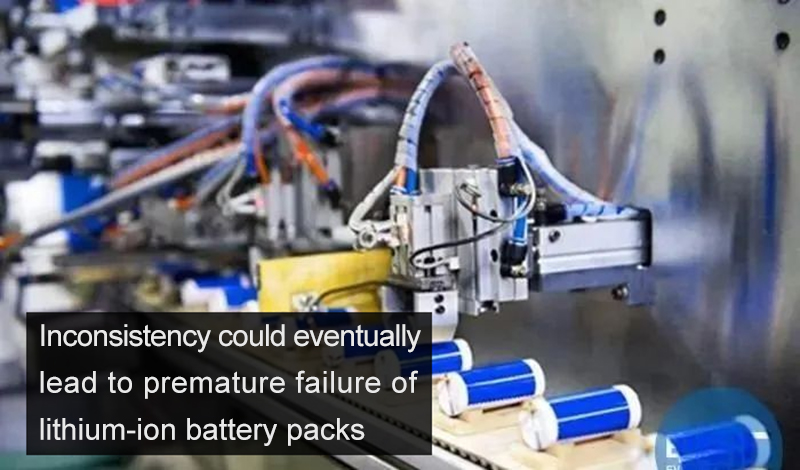
The inconsistency of lithium-ion batteries is mainly manifested in two aspects: differences in battery cell performance parameters (battery capacity, internal resistance and self-discharge rate, etc.) and differences in battery state of charge (SOC). The study found that the difference distribution of capacity between battery cells is close to the Weir distribution, while the dispersion of internal resistance is more significant than that of capacity, and the internal resistance of the same batch of batteries generally satisfies the law of normal distribution, and the self-discharge rate also presents approximately normal distribution.
SOC represents the state of charge of the battery and is the ratio of the remaining capacity of the battery to the rated capacity. Due to the inconsistency of the batteries, the capacity decay rates of the batteries are different, resulting in differences in the maximum usable capacity between the batteries. The SOC change rate of the battery with small capacity is faster than that of the battery with large capacity, and the cut-off voltage is reached faster during charging and discharging.
③ Causes of inconsistency
There are many reasons for the inconsistency problem of lithium-ion batteries, mainly in the manufacturing process and the use process. Each link of the manufacturing process, such as the uniformity of the slurry during batching, the control of areal density and surface tension during coating, etc., will cause differences in the performance of single cells. During the use of the battery, the connection method, structural parts/devices, working conditions and environment will all have an impact on cell balancing. Because the energy consumed by each connection point is inconsistent, the performance and aging rate of each component or structure are also inconsistent, so the impact on the battery is also inconsistent. In addition, due to the different positions of each single cell in the battery, different temperatures, and different performance attenuation, these will amplify the inconsistency of the single cells.
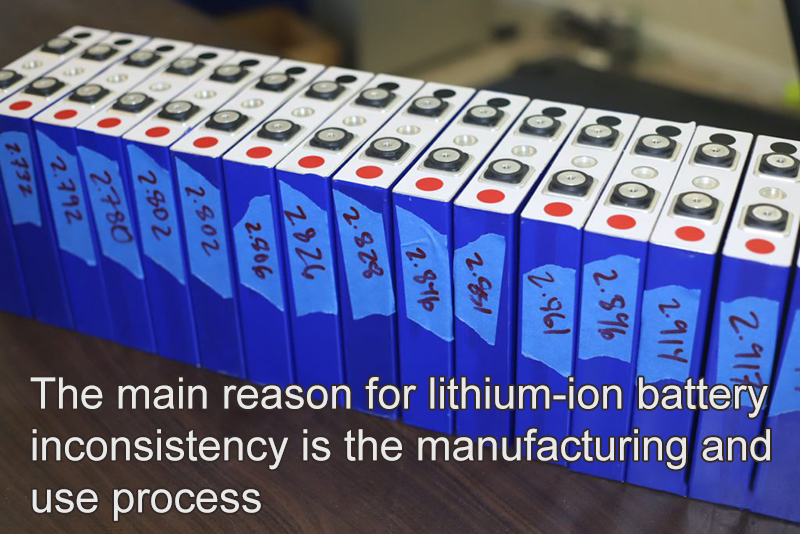
2.Methods to improve cell balancing
① Control of production process
The control of the production process is mainly carried out from two aspects: raw materials and production process. In terms of raw materials, try to select the same batch of raw materials to ensure the consistency of raw material particle size and performance. In the production process, the entire production process should be strictly controlled, such as ensuring that the slurry is stirred evenly and not placed for a long time, controlling the speed of the coating machine to ensure the thickness and uniformity of the coating, appearance inspection of the pole piece, weighing and grading, control the injection volume and chemical composition, volume distribution, storage conditions, etc. Through the research on the preparation technology of lithium-ion batteries, the key processes that have a significant impact on lithium-ion cell balancing have been identified, mainly including batching stirring, coating, rolling, winding/lamination, liquid injection and chemical formation.
② Control of the matching process
The control of the grouping process mainly refers to the sorting of batteries, and the battery group adopts batteries of uniform specifications and models. Moreover, battery capacity, voltage and internal resistance should be measured to ensure the consistency of the initial performance of the battery. When the battery pack is assembled, the voltage difference of the single cell is an important factor affecting the consistency of each single cell at the end of the charge and discharge of the battery pack, while the internal resistance difference of the single cell causes the battery pack to be charged and discharged. There is a big difference in the voltage platform of the battery.
Through the research on the inconsistency of the single cells in the lithium-ion series-parallel combined battery, the influence degree of the main influencing factor DCR in the parallel battery pack on the battery pack is analyzed, and the main influencing factor of the series battery pack on the capacity of the battery pack is analyzed. influence level, providing the necessary basis for the assembled battery pack. Through the research on the influence of discharge rate on cell balancing, it is found that with the increase of discharge rate, the inconsistency of batteries is amplified, and the effect of rejecting bad batteries is achieved.

③ Control of use and maintenance process
- Real-time monitoring of batteries
Cell balancing screening of batteries during grouping can ensure cell balancing in the early stages of battery use. The battery is monitored in real time during use, and the cell balancing problem during use can be observed in real time. However, when the cell balancing is poor, the monitoring circuit will cut off the charging and discharging circuit, so the performance will be reduced. A balance must be found between the two. The extreme parameter battery can also be adjusted or replaced in time through real-time monitoring to ensure that the inconsistency of the battery pack will not expand over time.
- The cell balancing management system is introduced
The appropriate balancing strategy and balancing circuit are used to intelligently manage the battery. At present, common balancing strategies include external voltage-based balancing strategies, SOC-based balancing strategies, and capacity-based balancing strategies. The equalization circuit can be divided into passive equalization and active equalization according to the energy consumption mode. Among them, active equalization can realize the lossless energy flow between batteries, which is a hot research topic at home and abroad. Commonly used methods in active equalization include battery bypass method, switched capacitor method, switched inductor method, and DC/DC conversion method.
- Thermal management of the battery
The thermal management of the battery not only keeps the working temperature of the battery pack within the optimal range, but also tries to ensure the consistency of the temperature conditions between the batteries, so as to effectively ensure the performance consistency between the batteries.
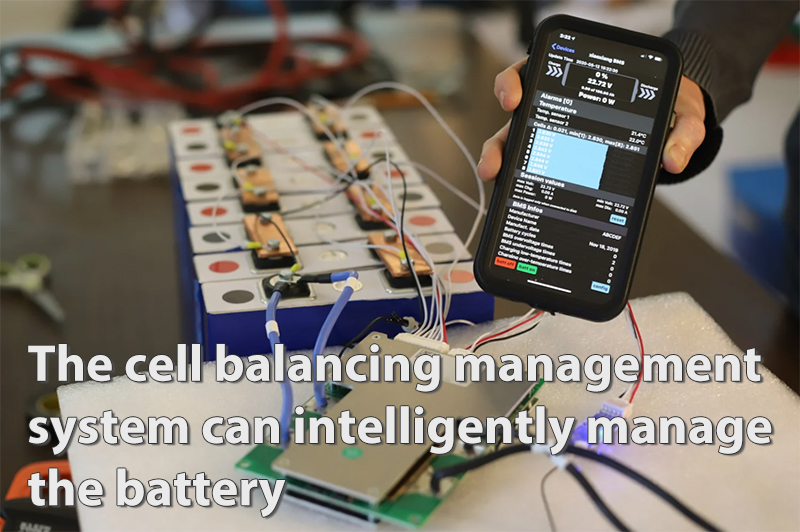
- Adopt a reasonable control strategy
When the output power allows, the depth of discharge of the battery is minimized, and at the same time, overcharging of the battery is avoided, which can prolong the cycle life of the battery pack.
- Strengthen the maintenance of the battery pack
Perform low-current maintenance charging on the battery pack at certain intervals, and pay attention to cleaning.
3.Lithium-ion battery assembly method
① Voltage assembly method
The voltage assembly method can be divided into static voltage assembly method and dynamic voltage assembly method. The static voltage assembly method is also called the no-load matching method. It does not carry a load and only considers the battery itself. The self-discharge rate of the screened single cells stored in a fully charged state after standing for tens of days and the open circuit voltage of the battery during different storage periods in the fully charged state were measured. This method is the easiest to operate, but it is not accurate. The dynamic voltage matching method examines the voltage situation with load, but does not take into account factors such as load changes, so it is not accurate.
② Static capacity allocation method
Charge and discharge the battery under the set conditions, calculate the capacity from the discharge current and discharge time, and arrange the batteries according to the capacity. This method is simple and easy to implement, but it can only reflect the same capacity of the battery under specific conditions, and cannot explain the complete working characteristics of the battery, and has certain limitations.
③ Internal resistance assembly method
Mainly considering the internal resistance of the single battery, this method can achieve rapid measurement, but because the internal resistance of the battery will change with the discharge process, it is difficult to accurately measure the internal resistance.
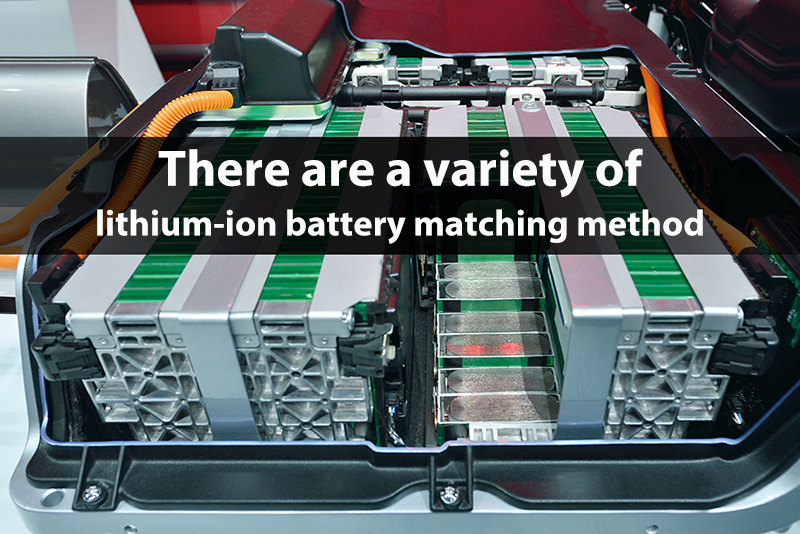
④ Multi-parameter assembly method
At the same time, considering multiple external conditions such as capacity, internal resistance, voltage, and self-discharge rate, the battery can be comprehensively evaluated, and the battery pack with better consistency can be sorted. However, the premise of this method is that the single-parameter sorting should be accurate, and it will take too long.
⑤ Dynamic characteristics assembly method
The dynamic characteristics assembly method is to use the charge-discharge characteristic curve of the battery to sort the batteries for assembly. The charge-discharge curve can reflect most of the characteristics of the battery, and the dynamic characteristics assembly method can ensure the consistency of various performance indicators of the battery. The dynamic characteristics assembly method has a lot of data, and is usually implemented with computer programs. In addition, this method reduces the utilization rate of the battery pack, which is not conducive to the reduction of the cost of the battery pack. The determination of standard curve or reference curve is also a difficult point in its implementation.
4.Conclusion
- The causes of battery inconsistency are mainly in the manufacture and use of the battery.
- The measures to improve cell balancing mainly include the following three aspects: strictly control the production process from both raw materials and production processes; Adopt a more scientific sorting method, and select batteries with consistent initial performance as much as possible for grouping; During the maintenance process, the battery is monitored in real time, a cell balancing system is introduced, and a reasonable control strategy is adopted to conduct battery thermal management, and at the same time, strengthen the maintenance of the battery pack.
- When the battery is assembled, the single-parameter configuration method does not have practical application value because too few factors are considered. The multi-parameter assembly method and the dynamic characteristics assembly method are relatively comprehensive, and methods such as electrochemical antispectroscopy have also made some progress.